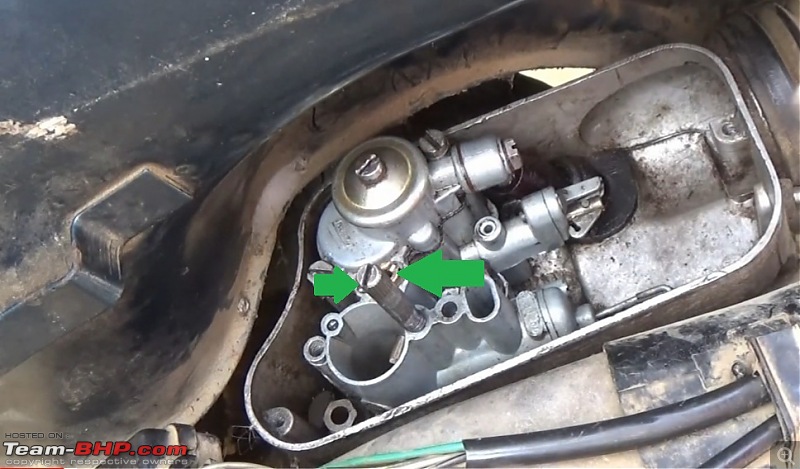| | #1 |
| Distinguished - BHPian  Join Date: Feb 2006 Location: NSEW
Posts: 4,011
Thanked: 29,859 Times
| |
| |  (29)
Thanks (29)
Thanks
|
| |
| | #2 |
| Distinguished - BHPian  Join Date: Feb 2006 Location: NSEW
Posts: 4,011
Thanked: 29,859 Times
| |
| |  (23)
Thanks (23)
Thanks
|
| | #3 |
| Distinguished - BHPian  Join Date: Feb 2006 Location: NSEW
Posts: 4,011
Thanked: 29,859 Times
| |
| |  (28)
Thanks (28)
Thanks
|
| | #4 |
| Distinguished - BHPian  Join Date: Feb 2006 Location: NSEW
Posts: 4,011
Thanked: 29,859 Times
| |
| |  (37)
Thanks (37)
Thanks
|
| | #5 |
| Team-BHP Support  | |
| |  (1)
Thanks (1)
Thanks
|
| | #6 |
| BHPian Join Date: Sep 2008 Location: Hyderabad
Posts: 280
Thanked: 573 Times
| |
| |  (5)
Thanks (5)
Thanks
|
| | #7 |
| BHPian Join Date: Nov 2013 Location: Bangalore
Posts: 755
Thanked: 2,349 Times
| |
| |  (2)
Thanks (2)
Thanks
|
| | #8 |
| BHPian Join Date: Oct 2019 Location: Pune
Posts: 71
Thanked: 319 Times
| |
| |  (5)
Thanks (5)
Thanks
|
| | #9 |
| BHPian Join Date: Dec 2019 Location: Chennai
Posts: 311
Thanked: 1,766 Times
| |
| |  (1)
Thanks (1)
Thanks
|
| | #10 |
| Distinguished - BHPian  | |
| |  (1)
Thanks (1)
Thanks
|
| | #11 |
| BHPian Join Date: Jul 2021 Location: Kottayam,Kerala
Posts: 152
Thanked: 989 Times
| |
| |
| |
| | #12 |
| Newbie Join Date: Sep 2020 Location: Pune
Posts: 21
Thanked: 64 Times
| |
| |  (3)
Thanks (3)
Thanks
|
| | #13 |
| BHPian Join Date: Sep 2008 Location: Hyderabad
Posts: 280
Thanked: 573 Times
| |
| |  (1)
Thanks (1)
Thanks
|
| | #14 |
| Distinguished - BHPian  | |
| |  (1)
Thanks (1)
Thanks
|
 |
Most Viewed














